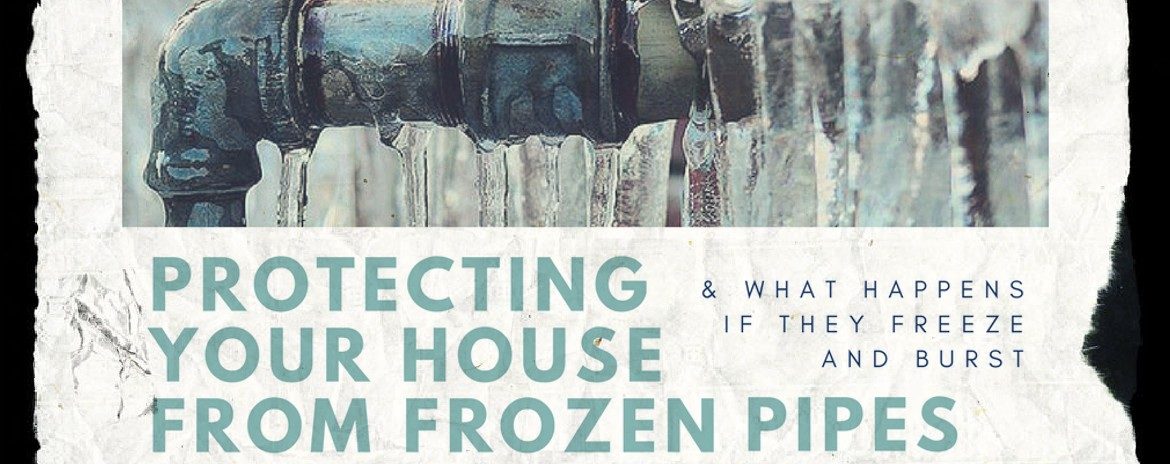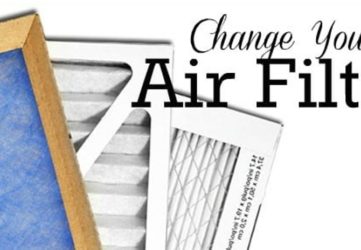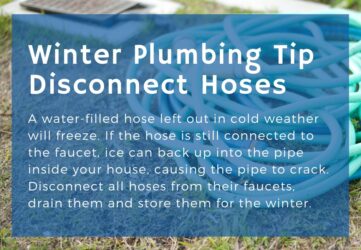Every winter each home in a colder climate is tested. Its furnace is tested, its insulation is tested, and its water system is tested. When temperatures drop below 40° Fahrenheit your pipes could be at risk. Follow the steps below to be safe and prevent frozen pipes!
How to Avoid Having Your Pipes Freeze:
- Allow water to drip from your faucet. This will keep the water flowing through the pipes, instead of just sitting in your pipes, expanding/freezing, and then bursting.
- Open cabinet doors to allow warmer air to circulate around pipes. This is especially true in kitchens or bathrooms when your sink is against an exterior wall. In this situation, your pipes are closer to the elements. Opening the cabinet doors will allow room-temperature air into the cabinet helping to keep the pipes at room temperature.
- Set the thermostat to a consistent temperature. Keeping your house at a consistent temperature reduces the wear and tear on your furnace, reducing its likelihood of breaking down during the coldest downturns.
What to do if Your Pipes Wave Frozen:
- You can attempt to thaw frozen pipes by using a space heater or by wrapping an electric heating pad around the pipe. Make sure the faucet is open during the process. This way once the ice breaks up and thaws, the coldest water has a way to escape the pipes allowing warmer water into the pipes.
- NEVER USE A BLOW TORCH OR OPEN FLAME TO THAW FROZEN PIPES! This can cause even more damage to your house and even serious injury. If you are not able to thaw your pipes, please call a licensed professional or our business number.
If Your Pipes Have Bursts:
- Know where your water shut-off valve is located. This will limit property damage. For questions about where you can find your water shut-off valve, please call our office.
- Call a licensed professional to fix your pipes. Or you can also call our office to go about getting your pipes fixed.







